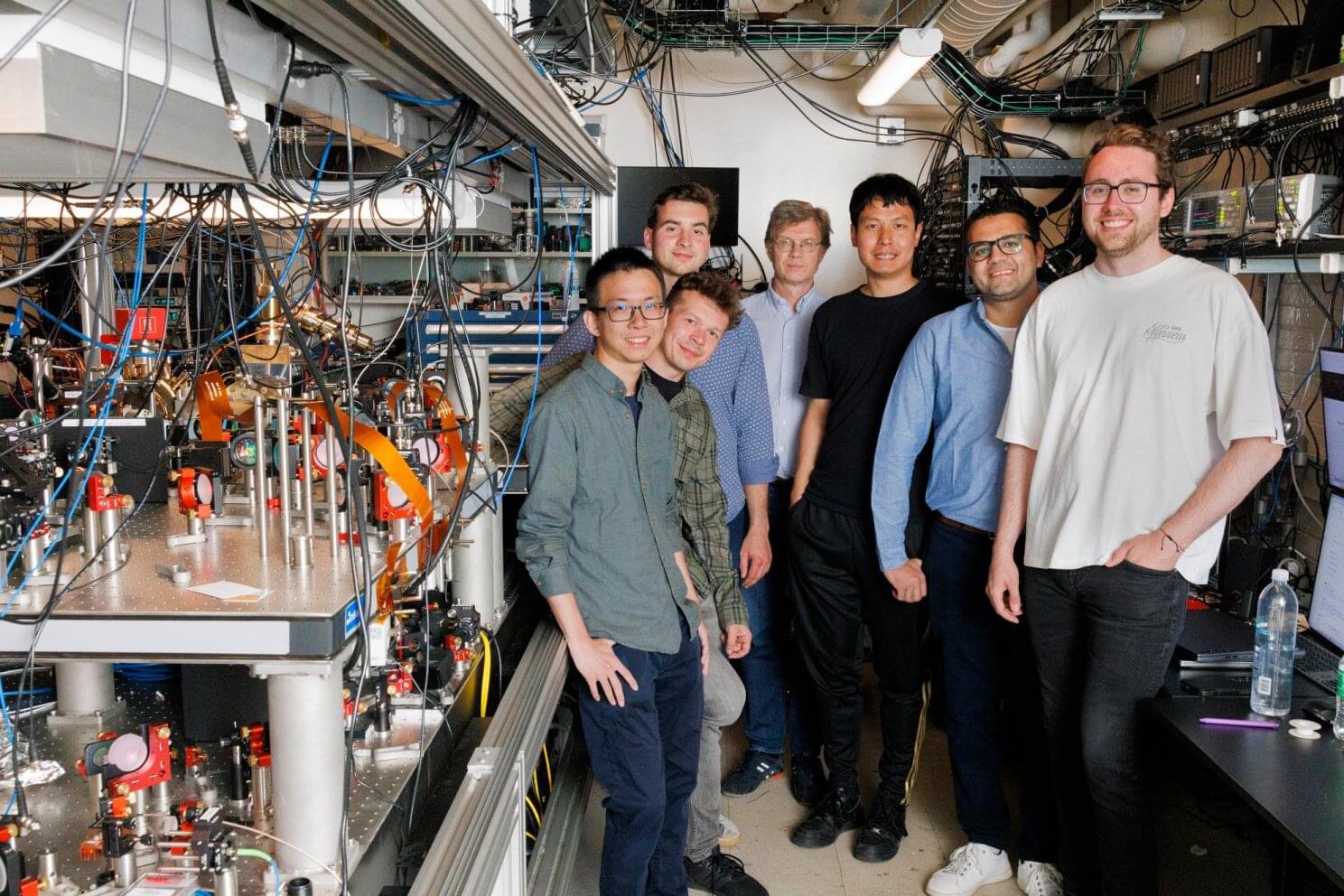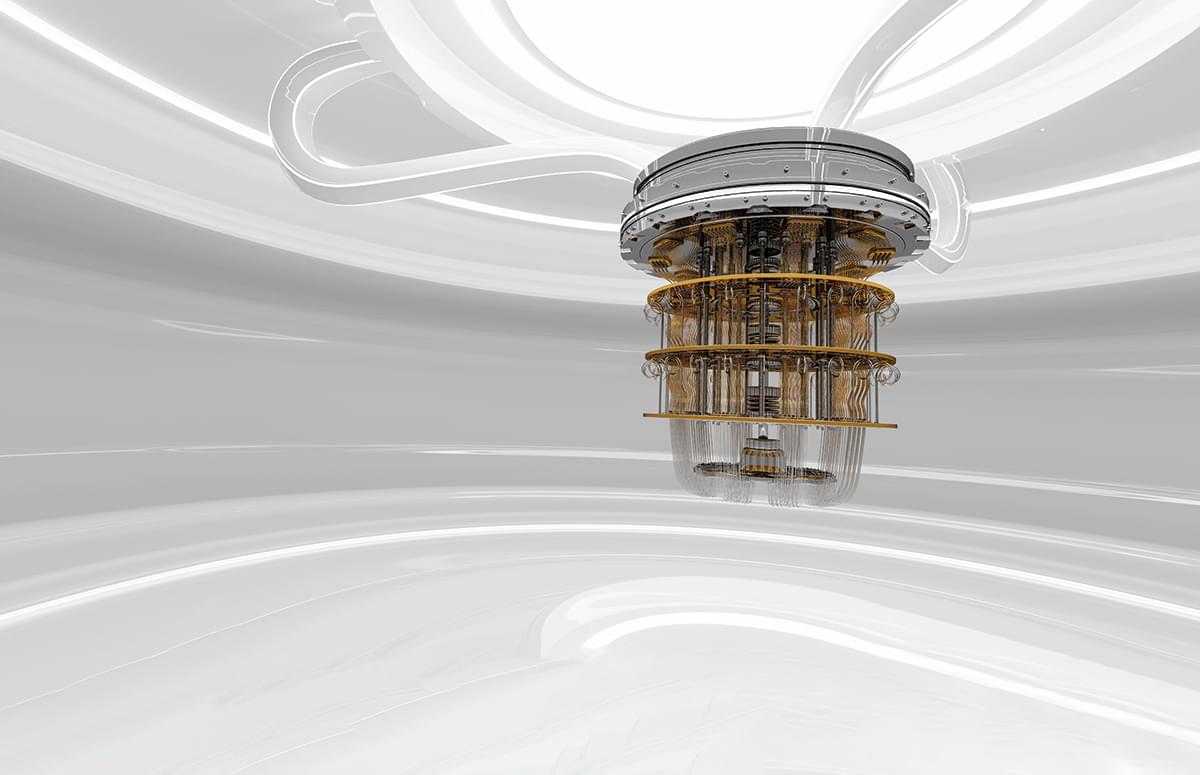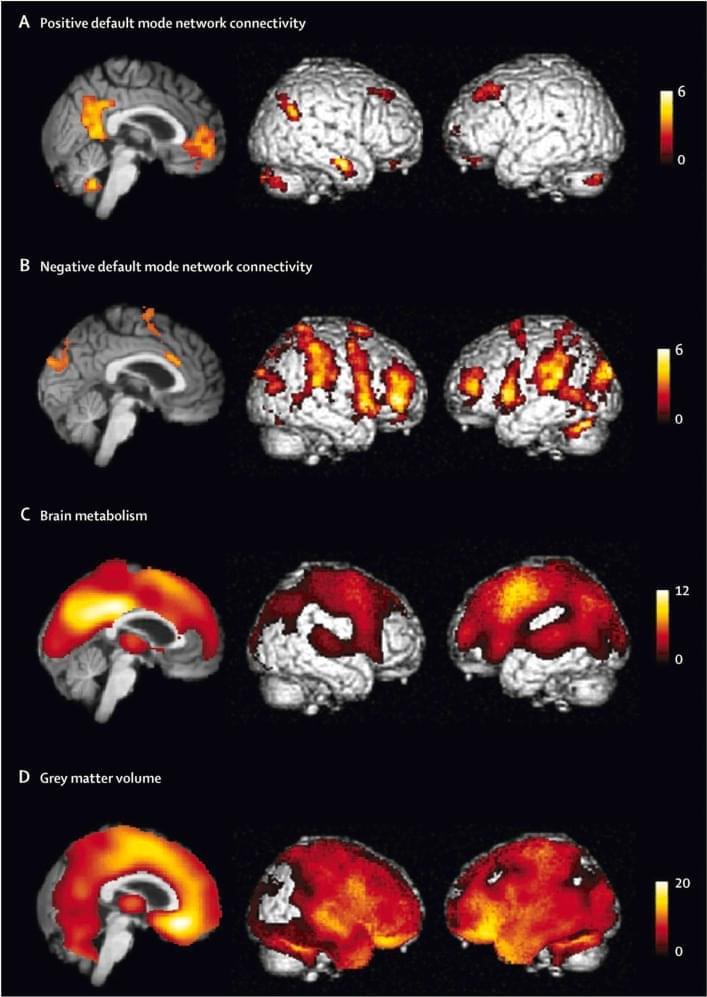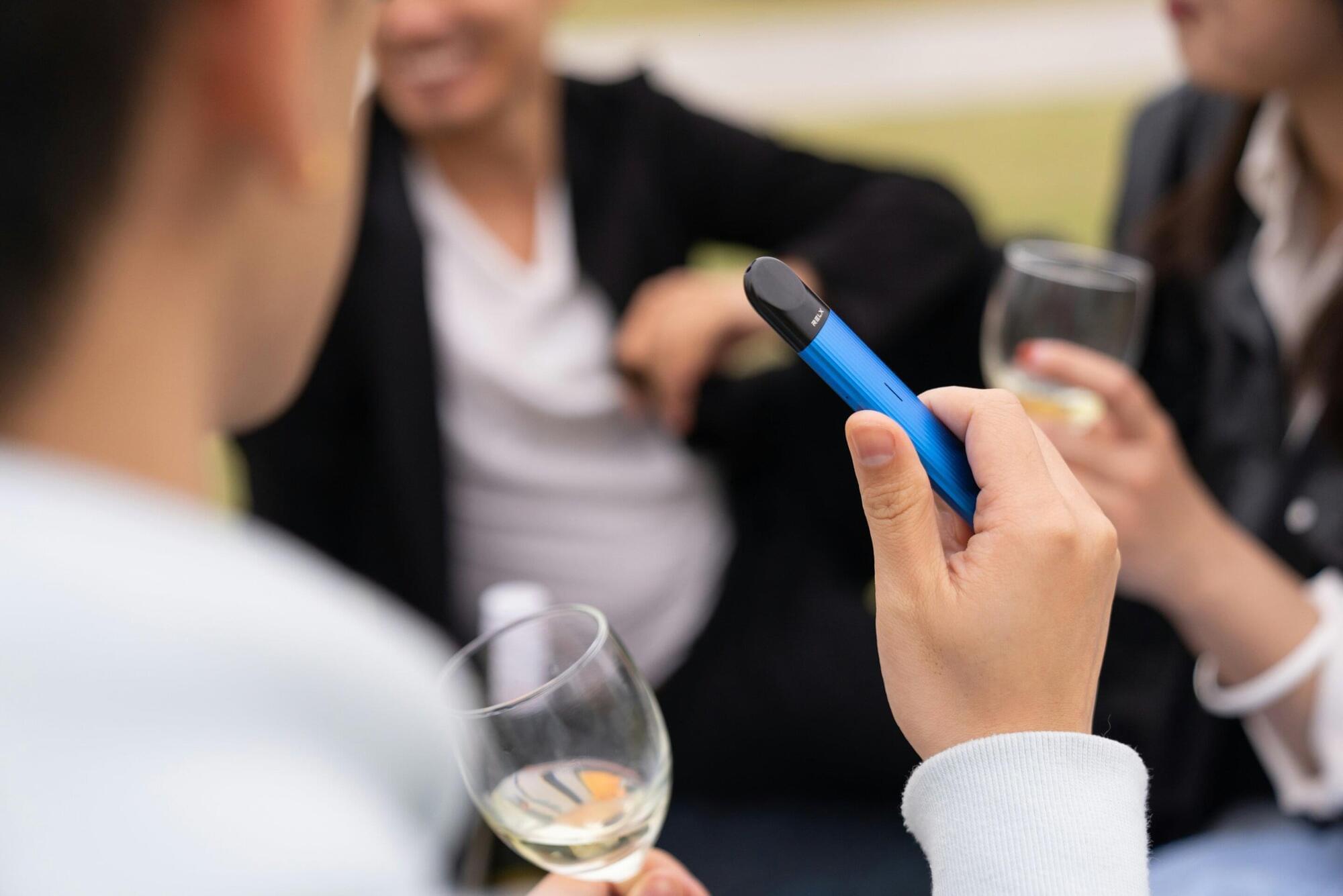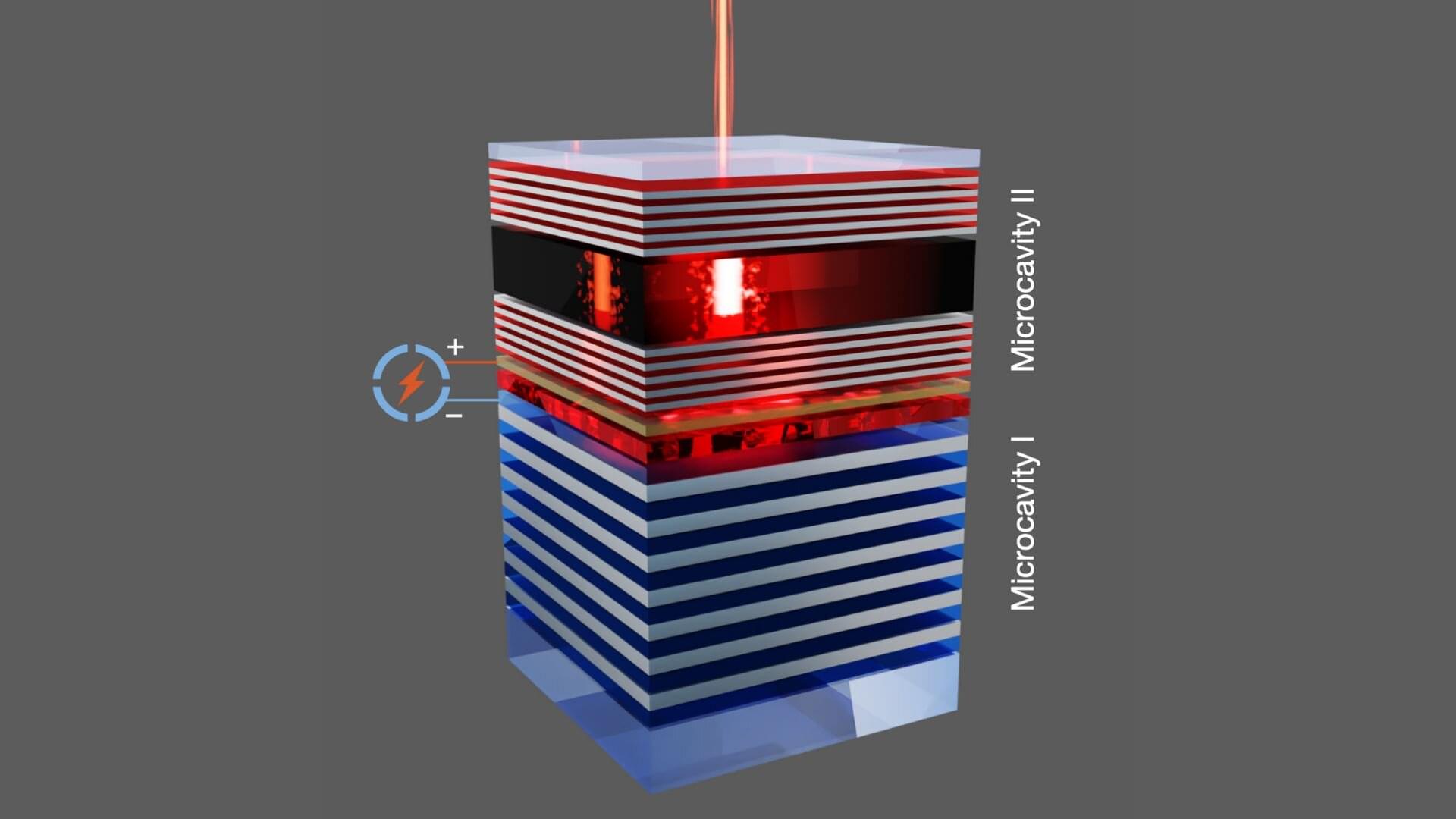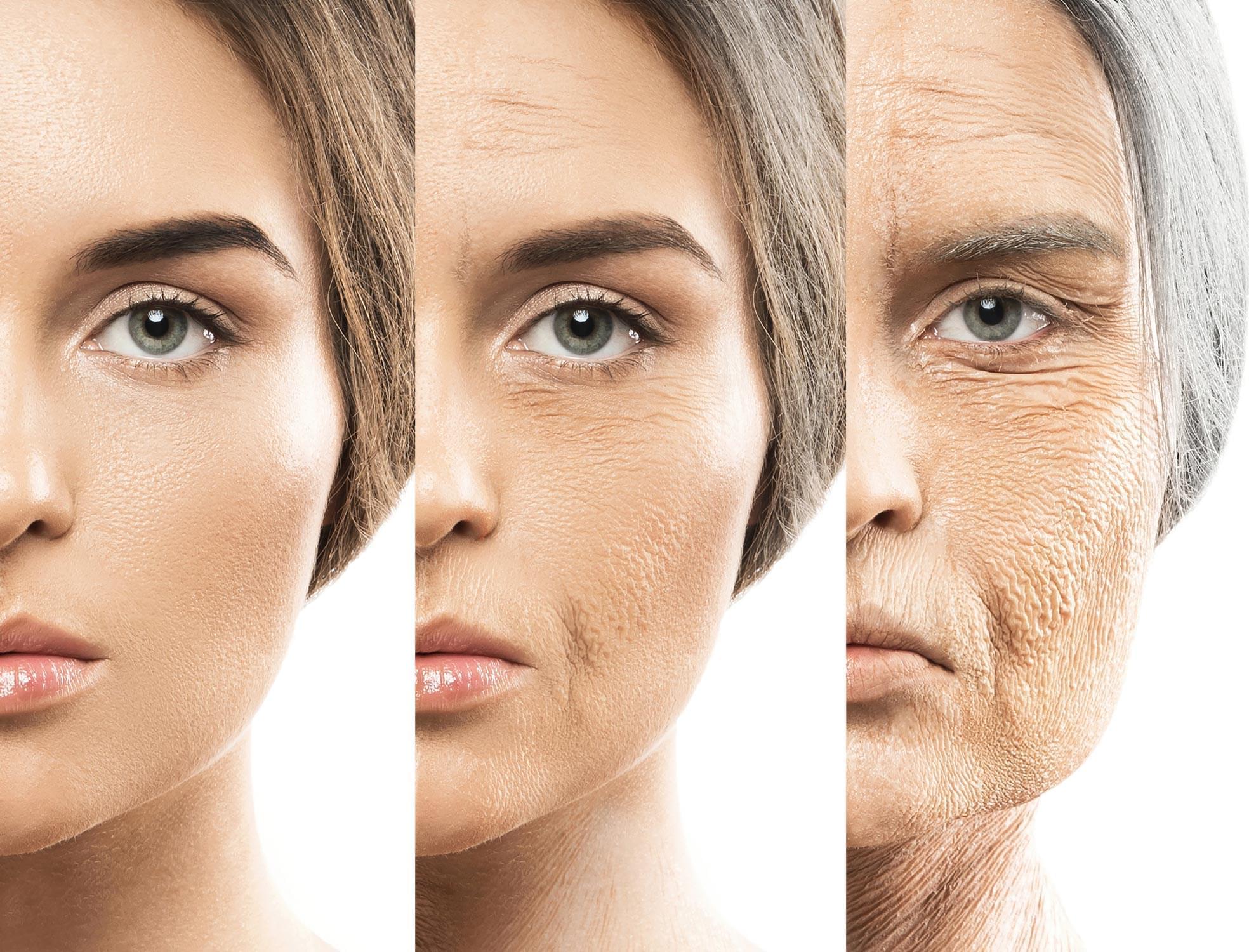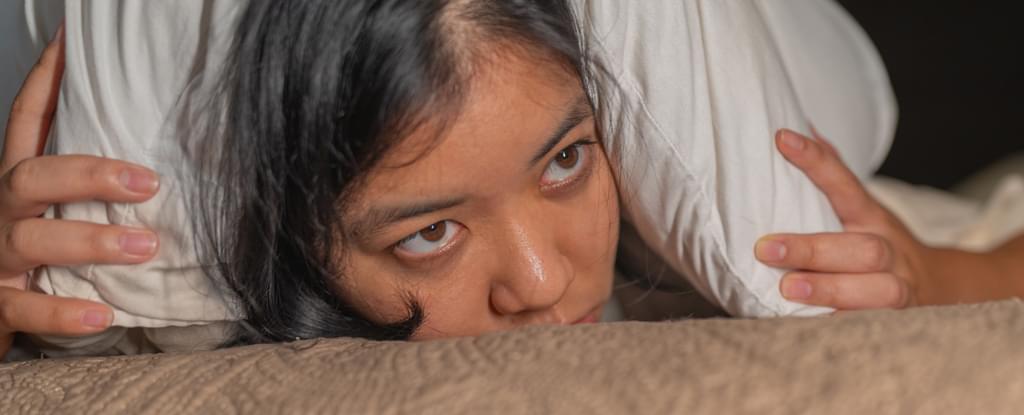A Chinese research team in East China’s Zhejiang Province unveiled an innovative product called “Bone 02” bone glue on Wednesday. Inspired by oysters, this glue can treat fractures with a single injection and bond shattered bone fragments in just three minutes, according to local media Zhejiang Online.
The team leader, Lin Xianfeng, an associate chief orthopedic surgeon at Sir Run Run Shaw Hospital affiliated with the renowned Zhejiang University, said the adhesive can achieve precise fixation within two to three minutes, even in a blood-rich environment. In one trial case, the procedure was completed in less than three minutes — whereas traditional treatment would have required a large incision to implant steel plates and screws, Zhejiang Online said.
Laboratory tests confirmed that ‘Bone-02’ performed strongly in both safety and effectiveness. It demonstrated a maximum bonding force of over 400 pounds, a shear strength of about 0.5 MPa, and a compressive strength of around 10 MPa. These properties suggest it has the potential to replace traditional metal implants, while also reducing the risks of foreign-body reactions and infection, said the report.

